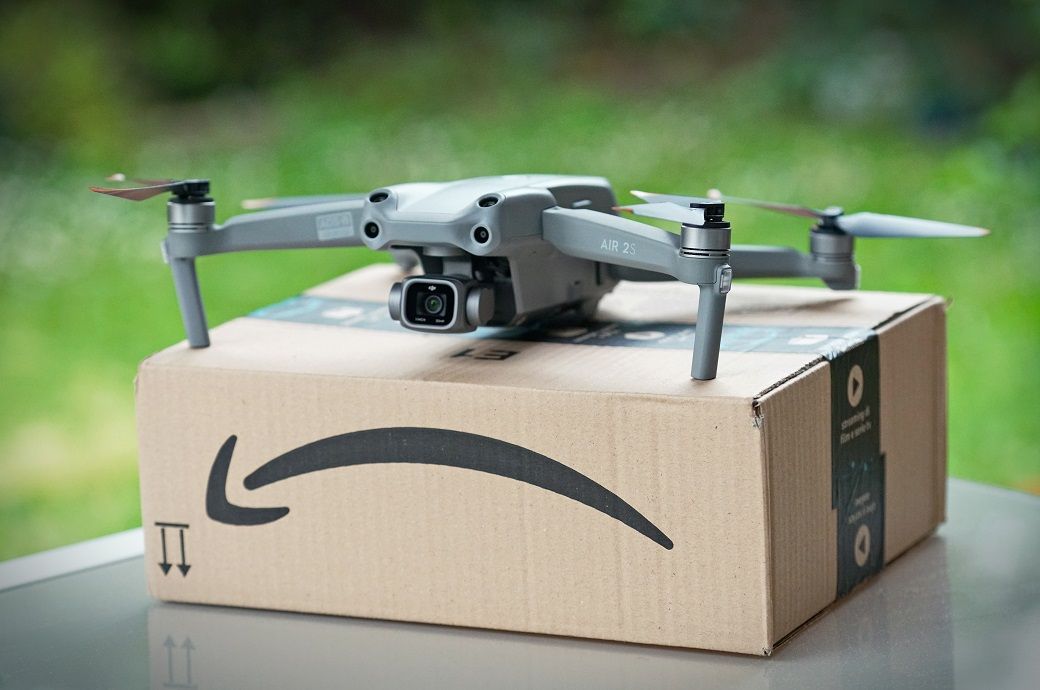Amazon has officially expanded its drone delivery program to 20 additional cities across the United States, Europe, and Asia, marking one of the largest global rollouts of autonomous delivery technology to date. The expansion is a major step forward for Prime Air, Amazon’s long-awaited drone initiative aimed at delivering small packages within 30 minutes. With this latest move, Amazon is positioning itself at the forefront of logistics innovation and accelerating the shift toward faster, automated last-mile delivery.
The company confirmed that the new cities include regions in California, Texas, Arizona, Germany, the United Kingdom, and Japan. Each of these locations has undergone regulatory approval, local partner integration, and months of flight testing to ensure safe air operations. Amazon stated that the rollout focuses on mid-sized suburban areas where airspace is less congested and home layouts allow easier drone landing access. These sites were selected based on delivery density, customer demand, and the ability to support autonomous operations reliably.
At the center of the expansion is Amazon’s latest drone model, the MK35, which features improved flight stability, quieter operation, and enhanced safety systems. The drone can carry packages up to five pounds, covering more than 80 percent of Amazon’s typical deliveries. It uses advanced GPS, obstacle detection sensors, and AI-powered flight navigation to avoid buildings, trees, and unexpected objects. According to Amazon, the MK35 can complete deliveries even in moderate wind and light rain, greatly increasing the system’s reliability compared to earlier prototypes.
One of the biggest challenges Amazon had to solve was ensuring safe landing zones at customer homes. Instead of dropping packages directly at the doorstep, drones hover and gently lower packages using a cable system. Amazon has fine-tuned the landing process with new machine learning models that identify clear, safe areas such as driveways, backyards, or designated landing pads. This enhancement reduces the risk of interference from pets, people, or obstacles.
Customer adoption is growing rapidly in the regions where drone delivery is already active. In areas of Texas and California where Prime Air began testing earlier, Amazon reported that drone delivery usage increased by over 45 percent in the last year. Customers appreciate the speed, especially for urgent items such as household essentials, phone chargers, small electronics, and healthcare products. The 30-minute delivery promise is proving to be a major attraction for Prime members who are accustomed to fast shipping but now want even quicker access to goods.
Regulatory approval has been one of the biggest barriers to scaling drone delivery. Amazon has worked closely with aviation authorities, including the FAA, to meet air safety requirements. The new expansion includes several cities where regulators granted expanded flight corridors, allowing drones to travel farther from their base stations. This has helped Amazon increase flight range, reduce delivery times, and serve larger neighborhoods with fewer operational limits.
The environmental benefits of drone delivery are also part of Amazon’s push for wider adoption. The MK35 model uses electric motors, producing zero emissions during flight. By shifting short-distance deliveries from vans to drones, Amazon aims to reduce both traffic congestion and carbon footprint in suburban areas. The company sees drone delivery as a foundational step in achieving its long-term climate commitments.
As Amazon continues scaling operations, the company plans to integrate drone delivery directly into the shopping experience, allowing customers to see whether items qualify for drone drop-off before checkout. Amazon is also expanding its Prime Air workforce, hiring engineers, safety operators, air traffic specialists, and maintenance teams to support the growing drone infrastructure.
With 20 new cities added and more regions in review, Amazon’s drone delivery initiative is accelerating faster than expected. As the technology improves and regulatory barriers soften, drone delivery is becoming a stronger part of Amazon’s global logistics network, signaling a future where ultra-fast automated deliveries may become the standard for millions of customers.



